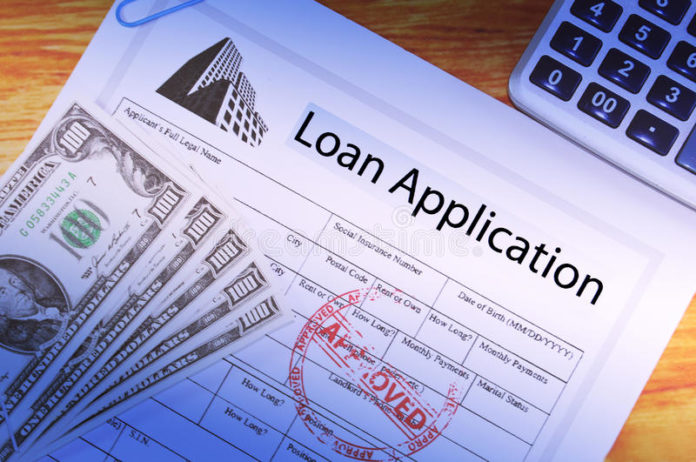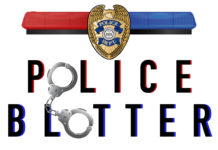At the start of COVID-19, many students didn’t have quite the college experience they were looking for. Many students fell behind and had to pull out extra money to ensure they could afford to have the tools they needed at home. Students didn’t anticipate to have to be online for an entire year without much human contact. President Joe Biden’s administration wants to ensure the loans students took out during that time can be forgiven.
COVID-19 paved the way to a student loan pause back in 2020. This delay has been extended through December 31, 2022.
“Current students and borrowers who have federal undergraduate, graduate and parent plus loans that were distributed on or before June 30, 2022 are eligible for relief,” Megan Walter, policy analyst for National Association of Student Financial Aid Administrators, said.
You still qualify for loan forgiveness if you didn’t finish your degree.
For current students, the Department of Education will have income data from FAFSA 2021-2022. The Department of Education will refer to the parental income information for dependent eligibility.
According to the White House Fact Sheet, single borrowers earning less than $125,000 and households earning less than $250,000 are eligible for $10,000 loan forgiveness. Borrowers that are falling under income gaps or received the Pell Grant can receive an extra $10,000.
For students who have filed with FAFSA, the income data is already in the system and on file. If not on file, borrowers can apply in early October 2022. Borrowers can expect relief in four to six weeks after applying. The Department of Education suggests to apply before Nov. 15, 2022, but you have until December 31, 2023 to apply.
When applying, borrowers can use 2020 or 2021 tax return info when applying.
When speaking to Slippery Rock University Financial Aid Office Director Alyssa Dobson, she said approximately 37% of SRU students receive the Pell Grant. Students who receive the Pell Grant receive $20,000 total. Students who do not receive the grant receive $10,000.
“There is no way to calculate what students borrowed from a private loan but, we do know that around 84% of students borrowed from all kinds of loans this year,” Dobson said.
The loan forgiveness only applies to Federal and Parent Plus loans. Personal loans are exempt from this. The loan forgiveness is capped at what is owed. Students who owe $7,000, will only receive what they owe. The other $3,000 dollars goes back to the government.
Borrowers can contact their loan servicer to request a refund for payments that have been made during the COVID-19 pause beginning on March 13, 2020. If borrowers decide to do this, the money will be added back to the original loan balance.
Debt relief is not federally taxed. Pennsylvania does not have legislation in place that will tax it.
Public Service Loan Forgiveness is very different from Biden’s Loan Forgiveness. According to FAFSA, PSLF is used when you work full time in your field of study, make 120 payments towards your balance be employed by a U.S. federal, state, local, or tribal government or not-for-profit organization, have Direct Loans (or consolidate other federal student loans into a Direct Loan, repay your loans under an income-driven repayment plan.








